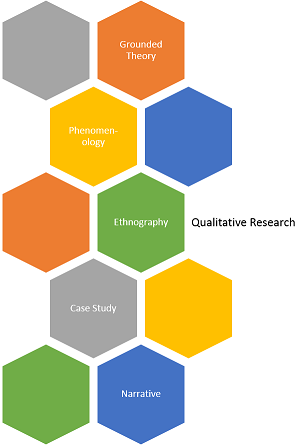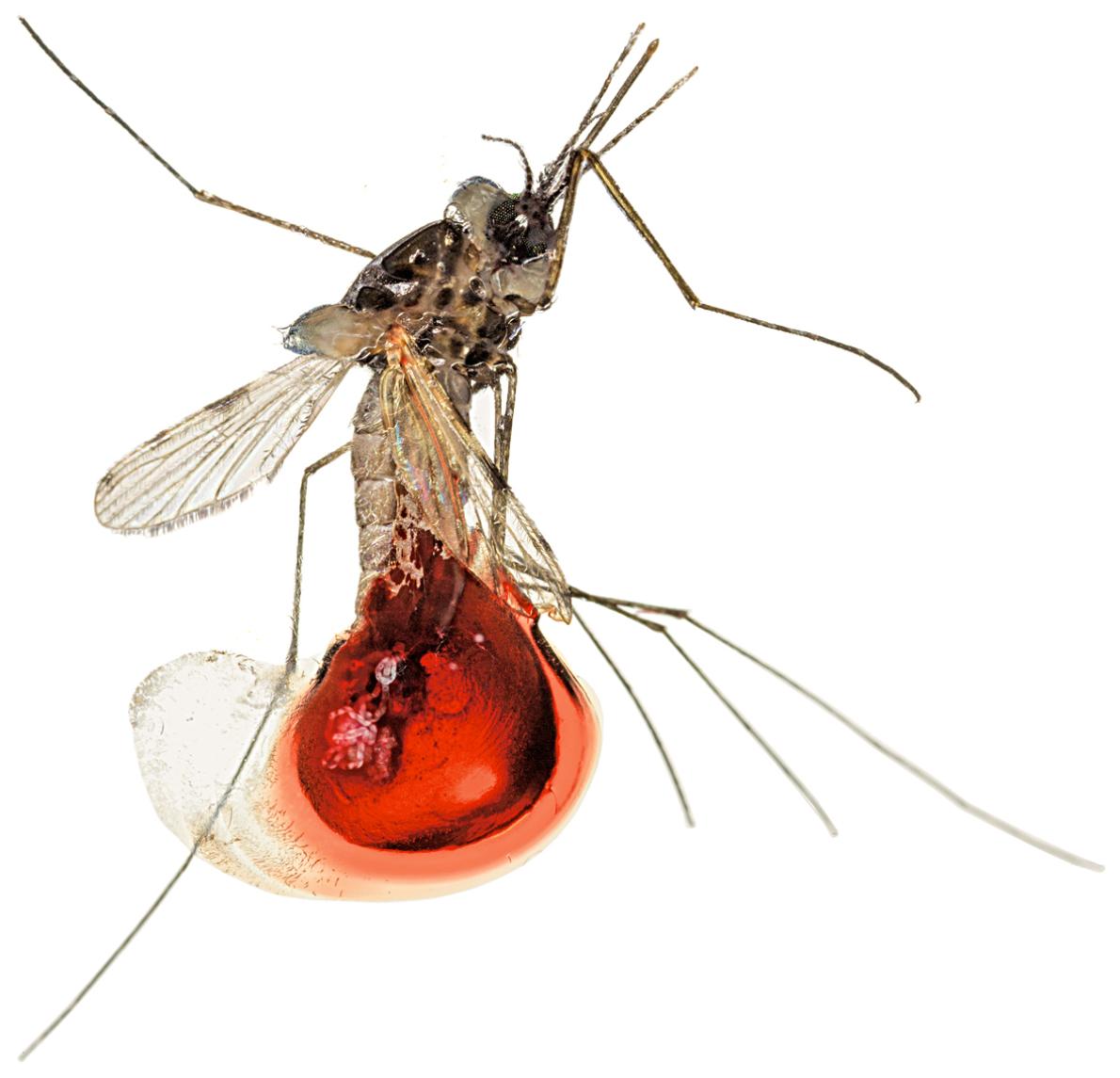
The Rotation: A Himmelfarb Library Blog
Resources, tools & health news from GW Himmelfarb Health Sciences Library
 Convenience sampling or random sampling? Simple random sampling - or stratified or clustered random sampling? Academic Medicine recently published an infographic to describe these methods of sampling and their use in health sciences education.
Convenience sampling or random sampling? Simple random sampling - or stratified or clustered random sampling? Academic Medicine recently published an infographic to describe these methods of sampling and their use in health sciences education.
This graphic provides a description of each method of sampling, as well as a snapshot of the pros and cons.
Crandall, S., Bushardt, R., & Ip, E. (2016). Key Sampling Issues in Quantitative Research in Health Professions Education. Academic Medicine, 91(12), e6.
 Academic Medicine recently published an infographic to differentiate qualitative research methodologies commonly used in health sciences education.
Academic Medicine recently published an infographic to differentiate qualitative research methodologies commonly used in health sciences education.
This graphic provides a useful snapshot of the goal, unit of study, research question framing, data analysis approach, and potential study outcome for each methodology.
 In recent years, a new trend in quantifying the impact of scholarly output has emerged called Altmetrics.
In recent years, a new trend in quantifying the impact of scholarly output has emerged called Altmetrics.
Whereas the traditional measure of importance for a scientific publication is the number of times cited within other scholarly publications, Altmetrics considers a completely new set of indicators of impact. An article’s Altmetrics score is determined by its number of mentions across a variety of social media platforms including Facebook, Twitter, and blogs as well as mentions in traditional news outlets. Mentions in different platforms are weighted differently, so a single tweet does not count the same as a mention on a blog. Mentions are weighted and tallied giving a composite Altmetrics score that is often presented within a donut composed of various colors that give a visual indicator of the sources of these mentions.
A recent ‘Viewpoint’ article in JAMA entitled The Rise of Altmetrics looks at how Altmetrics appears to reward articles with different characteristics than those that are highly rated according to traditional citation analysis. While looking at the top 100 articles ranked by Altmetrics scores during the past several years, the authors found that there was often little to no link between a high Altmetrics score and the number of citations an article receives. This finding indicates that these two measures of scholarly impact reward different things. In the author’s analysis of the top 100 Altmetrics articles they found a significant number which related to topics with broad public interest such as diet, exercise, and the vaccine-autism controversy as examples.
Their observations have important ramifications for those wishing to quantify scholarly impact as it shows that the choice between Altmetrics and traditional citation analysis will necessarily cause different publications to rise to the top. It’s unclear to what extent Altmetrics will influence decision-making processes such as tenure in future years but, based on the findings of this article, it will be important for decision makers to understand and define the characteristics of scholarly publications they wish to measure and to pick a metric accordingly.
Submit an abstract for GW Research Day!
If you are not sure your research fits the criteria for GW Research Day go to the FAQ's for quick answers or contact resdays@gwu.edu.
Need help with writing your abstract?
Watch the The ABCs of Abstract Writing Workshop videos by Dr. Linda Werling.
NOTE: A GW NetID required to view videos.
Don't forget to mark your calendars! GW Research Day, Wednesday, April 5, 2017
 Do you need help writing your abstract? Sign up for ABCs of Abstract Writing workshop and learn the key components of how to summarize your major findings and write an effective abstract.
Do you need help writing your abstract? Sign up for ABCs of Abstract Writing workshop and learn the key components of how to summarize your major findings and write an effective abstract.
Beginning December 1st students will be able to submit abstracts for GW Research Day 2017.
The ABCs of Abstract Writing
Instructor: Dr. Linda Werling
Mark your calendars! GW Research Day, Wednesday, April 5, 2017

To help kick-off the start of the fall semester, Himmelfarb Library is hosting a Faculty Open House on Tuesday, September 20th, from 3pm-6pm. We look forward to meeting you and sharing the services we provide to support you with your research, your publications as well as your course needs
Date: Tuesday, September 20, 2016
Time: 3:00pm - 6:00pm
Location: Himmelfarb Library, first floor
» What is PlumX Analytics? Discover the social media buzz about your articles and find your PlumX ratings/rankings at the Himmelfarb Library Open House!
» Need help linking resources? Come and see how easy it is to create a durable link to an article or e-book chapter
» Explore our multimedia laptops equipment with speciaized software (Nvivo, Camtasia and more!)

PlumX is now available via Health Information @ Himmelfarb. Health Information at Himmelfarb is the search tool that appears on the library's homepage, and PlumX provides metrics so users can track different types of usage for individual articles.

Check out this freely-accessible National Geographic article titled “How the DNA Revolution is Changing Us”. This article explores the role of CRISPR in gene modification efforts, its potential, and the ethical challenges it raises.
Genetic modification has improved disease control and prevention, and has the potential to prevent conditions and diseases that result from one’s genetic makeup. However, where we draw the line of application is the true question.
Interested in more resources for genetics? Check out our Genetics Journal Club Research Guide.